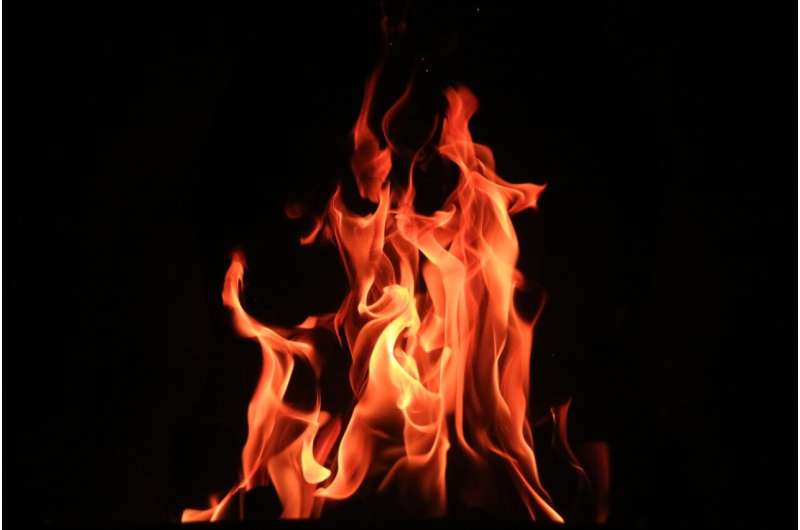Free online tool aids decisions on fire sprinkler systems for homes

For the many states, communities, new-home builders and prospective buyers now mulling over the pluses and minuses of installing residential fire suppression sprinklers, the National Institute of Standards and Technology has developed a free online tool to help them sort through the costs and benefits of the technology.
NIST's new, Web-based "sprinkler use decisioning" tool, developed by information technology specialist Priya Lavappa and economist David Butry, enables experts and non-experts alike to assess the cost-effectiveness of fire sprinklers for their particular jurisdiction, development, or dwelling.
Fewer than 5 percent of U.S. homes are equipped with fire suppression sprinklers, but recent developments have moved the cost-benefit debate into the mainstream. The latest version of the International Residential Code calls for fire sprinklers to be installed in new one and two-family residential dwellings and townhouses, starting Jan. 1, 2011. Some other model building codes follow suit.
More than 200 communities and a handful of states, including California, Maryland, and South Carolina, have adopted the code. So has Pennsylvania. But the Pennsylvania House of Representatives recently voted to repeal the mandate, sending the measure on to the State Senate for its consideration. Debate and disagreement over proposed sprinkler ordinances have flared in other areas as well.
The NIST tool can help to inform these kinds of policy discussions, providing the means for "apples to apples" comparisons of different installation scenarios. It is based on the economic framework that Butry and other NIST researchers developed in their 2007 report, Benefit-Cost Analysis of Residential Fire Sprinkler Systems.*
Users can input their own data to supply values for categories of costs and benefits in the model. They also can opt for a combination of user-defined data and national or local statistics. The NIST developers mined the National Fire Incident Reporting System (NFIRS) to assemble national and city-level data on fire risk, fire fatality and injury rates, property loss, and other figures of merit. NFIRS contains fire-related data for more than 1,300 cities.
By researching and supplying their own data on local sprinkler installation and maintenance costs, insurance premiums and credits, value of the house and contents, discount rate and other variables, users can get a realistic estimate of the cost-effectiveness, or "present value net benefits," of an investment in a sprinkler system.
The tool supports two types of analyses. A baseline analysis yields a single present value estimate for each benefit and cost and an overall estimate of "present value net benefits." The tool's sensitivity analysis allows users to input maximum and minimum values for each input. Through the sensitivity analysis, they can assess the soundness of their estimates of individual costs and benefits.
"With this type, you can also identify the largest and smallest drivers of the total economic performance of sprinklers," Butry explains.
For local government officials contemplating whether to add the sprinkler requirement to their building codes, Butry recommends running analyses for a variety of house sizes to explore the benefit-cost performance of sprinkler systems in a community with a diversity of residential styles and sizes.
You can check out NIIST's new sprinkler use decisioning tool at: ws680.nist.gov/firesprinkler/default.aspx
More information: *Available at: www.nist.gov/manuscript-public … ch.cfm?pub_id=860105
Provided by National Institute of Standards and Technology





















